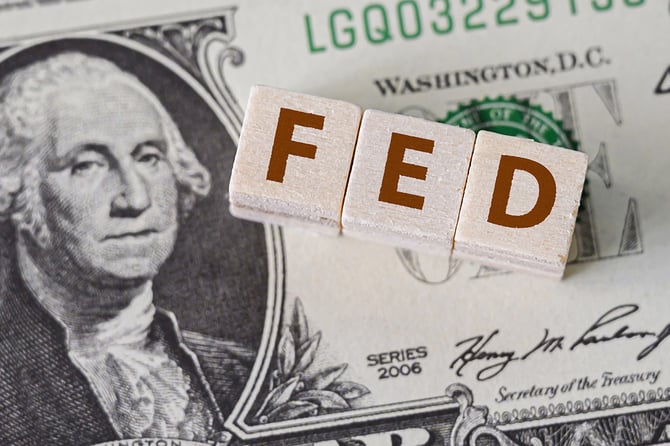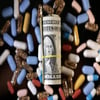The Fed Is Struggling to Contain Inflation

After seven months of hiking interest rates at unprecedented speeds, the US Federal Reserve has hardly made a dent in inflation. Last week, consumer price data for September showed little improvement. Indeed, since March, overall consumer prices were up 8.5% year-on-year. Now, they’re up 8.2%.
Core inflation measures, which exclude food and energy and are seen as a more reliable measure of underlying inflation, hit 6.6% annually in September – levels not seen since 1982.
There is little sign of consumer price easing. Still, the central bank is determined to remain on its monetary tightening path while hoping that the US’ strong labor market can tolerate the stress of higher borrowing costs.
In minutes from its last policy meeting, Fed officials agreed that “the cost of taking too little action to bring down inflation likely outweighed the cost of taking too much action.”
Put simply, the Fed would rather drive the US economy into a recession than spend too much time in an inflationary phase. It is wagering that consumers will simultaneously navigate the all-at-once high prices and elevated borrowing costs, but not without some “pain.”
What does this mean for me?
Last week’s hotter-than-expected inflation report all but guarantees another big rate hike at the Fed’s next meeting, with investors pricing in a 97% chance of a fourth-straight increase of three-quarters of a percentage point. Analysts say the ideal outcome for the Fed would be minimal job losses and lower prices, the elusive “soft landing,” a scenario that seems more unlikely as time goes on.
More News

Egypt’s Recovery Gains Traction as Household Pressure Lingers
5 days ago

OECD Warns AI and Tariffs Will Test the Global Economy
1 week ago

Zero Tariffs, Higher Drug Bills as US and UK Reset Pharma Trade
1 week ago

Catastrophe Bonds Go Global as Climate Risk Meets Yield Hunting
2 weeks ago
.webp)
Canada Shields Steel and Lumber Industries From Tariffs
2 weeks ago

Trump Drops Selected Tariffs in Response to Inflation Pressures
2 weeks ago

Tariffs on Mexico Test Nuevo Leon’s Industrial Momentum
3 weeks ago

US Moves to Ease Latin American Tariffs as Food Inflation Mounts
3 weeks ago